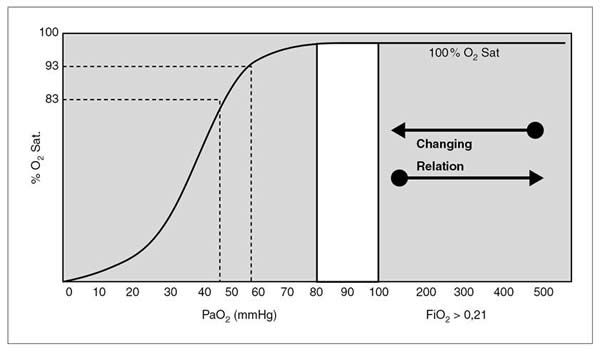oxygen delivery devices and flow rates australia
Nasal cannulae-delivering low flow rates of 24 Lmin or more are provided to patients almost automatically in a range of common clinical situations without the oxygen even necessarily being prescribed. Can delivery precise and dependable FiO2.
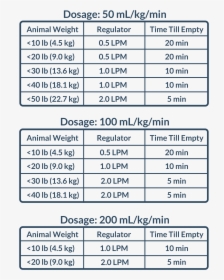
Oxygen Png Images Transparent Oxygen Image Download Pngitem
Adapters deliver set amounts of FiO2 at 24 to 60.
. Nasal cannulae Teleflex Medica 1. When the tap is manually opened the oxygen takes the line of least resistance to the patient via an oxygen delivery device eg. Only goes up to 60 FIo2 so not for patients who have significantly high oxygen demands bulky.
Both high-flow and low-flow oxygen delivery systems are capable of administering a wide range of FiO 2However the terms high and low do not reflect the delivered FiO 2. Ideal for short term use for neonates and infants. 200969111 Bailey P Thomsen GE Spuhler VJ et alCrit Care MedJan2007351139145.
Oxygen Delivery Devices Delivery Device Minimum to Maximum Liter Flow Range Adults Approximate O2 Delivered Notes RT assistance recommended for liter flows of 6 litersminute or more. Avg flow 10-15 ltmin results in 80-90 oxygen conc. These devices deliver a variable inspired oxygen concentration to the patient which depends on the PIFR.
For example the recommended flow rate for a 35 of venturi valve is 8 liters per minute. They include Nasal cannulae. Low-flow oxygen delivery systems deliver oxygen at flow rates below the patients inspiratory flow rate entrain room air and provide a variable FiO2.
Per minute will deliver approximately 24 to 44 percent of oxygen to the patient. Remember over-oxygenation can also be. However there is a small amount of room air which gets in the system so the FIO2 is invariably lower more like 80-90.
Of the commonly available devices promoted for O₂ delivery to injured divers similar PtcO₂ and nasopharyngeal FIO₂ values were obtained with the three devices tested. Based on transcutaneous oximetry values of the commonly available emergency O₂ delivery devices the NRB at 15 Lmin ¹ is the device and flow rate that deliver the most O₂ to body tissues and therefore should be considered as a first-line pre. OxyMask is an all-in-one replacement for other mask types which could save time and reduce trips to the.
Dropping the oxygen flow rate closer to 10 Lmin-1 has been suggested as a compromise but the. Low flow device Most common device used for mild hypoxia Can be set between 1 and 6 LPM 24 to 40 FiO2 FiO2 increases approximately 4 with each liter of O2 KorupoluR GJ Needham DMContemporary CriticalCare. The flow rate can be set on the wall tap.
The percentage of oxygen inspired depends on the flow rate and the delivery device. 1 to 6 liters. Peak nasopharyngeal F I O 2 was highest with the NRB with a flow rate of 15 Lmin-1 Table 3 though 10-min P tc O 2 values were similar for each device.
Hudson mask Teleflex Medical 56. Nebulizers should be avoided. This delivers to the patient a flow rate of 45 liters per minute and an oxygen concentration of 35 percent.
The nasal cannula is a device that has two prongs that are placed in the patients nostrils and deliver oxygen at flow rates of 1 to 6 liters per minute. Given typical supply limitations there is a natural interest in reducing the flow rate to extend oxygen delivery duration. Delivery devices work with different flow rates.
Lmin 1 Resultant oxygen concentration. 6 rows Device. Flow rate 1-4Lmin 4L will dry the nose 2L is more comfortable.
25 FiO 2 at 15 Lmin 90 FiO 2 at 15 Lmin FiO 2 can be adjusted to between 25 and 90 by changing the flow rate Conclusion OxyMask effectively delivered a wide range of FiO 2 values through simple adjustments to the flow rate. 5L 40 6L 44. Blake DF Crowe M Lindsay D Brouff A Mitchell SJ Pollock NW.
4 rows Oxygen flow through a TTOC ranges between 05 and 4 Lmin 1. Because the peak inspiratory flow rate of a resting individual is typically below 30 Lmin 2 delivering oxygen at higher flow rates eg 45 Lmin precludes contamination of oxygen within the facemask with room air so that the effective FiO 2 is close to 10. The recommended initial oxygen flow rate for open-circuit systems employing a non-rebreather mask has long been 15 Lmin-1.
Tube with a mask or nasal cannula. MORS with an oronasal or intraoral mask demand valve with an. However when breathing with the NRB an O 2 flow rate of 15 Lmin-1 is required to reach these levels.
Comparison of tissue oxygenation achieved breathing oxygen from a demand valve with four different mask configurations. Deliver 24-30 O2 this is an FiO2 of 024-03 Flow rate maximum 4Lmin. A regulator is attached to the cylinders top and works like a tap allowing the safe adjustment of oxygen flow rate provided in Lmin 1.
Values at various flow rates. O2 and air premixed passed through heated humidifiers. A pressure reading barometer displays the remaining oxygen.
High flow nasal cannula HFNC as the name suggests delivers oxygen at a high flow rate up to 60Lmin. Oxygen Delivery Systems LOW FLOW OXYGEN DEVICES HIGH FLOW OXYGEN DEVICES Cannot deliver constant FiO 2 Maintain constant FiO 2 Flow 6 - 8 Lmin Delivering O 2 at very high flow Mixture of oxygen room air Flow usually 4 times the actual Minute volume FiO 2 varies with tidal volume-Shallow breathing less entrainment of room air high FiO 2. The higher flow rate reduces any further dilution.
Oxygen flow rates of 10-15Lmin can deliver FIO2 of up to 95 in these individuals. It varies from 0 15L per minute. The oxygen and air are blended before being delivered to the patient.
This mixture is humidified which reduces bronchoconstriction and improves mucociliary clearance thereby reducing the work of breathing. A comparison of the tissue oxygenation achieved using different oxygen delivery devices and flow rates. Oxygen delivery device Oxygen flow rate.
Hudson Nonrebreather Teleflex Medical 1012 80100. The high flow rates were achieved by substituting the standard flowmeter calibrated to 15 Lmin with a. Increasing the flow rate to 10 liters per minute increases the total flow to the patient but the oxygen concentration delivered remains at 35.
If oximetry is not available or reliable oxygen saturations cannot be determined and hypoxaemia is suspected oxygen can be delivered at. Pediatric oxygen delivery system Oxygen hood Covers only head allowing access to the lower body. Nasal Cannula 1-6 litersminute 25-50 Humidifier recommended for all flow rates 4 litersminute High Flow Nasal Cannula 1-15 litersminute 25-50.
1-2 Lmin via nasal cannulae or 2-4 Lmin via 24 or 28 Venturi mask in patients with acute exacerbations of COPD or conditions known to. Depending on a patients inspiratory effort tidal volume speed of inspiration and respiratory rate the PIFR can often exceed the flow rate at which oxygen or an oxygenair mixture is supplied by the device meaning that at the time of PIFR. Oxygen delivery device Oxygen flow rate.
2 to 15 Lmin. 2435 FiO2 at a flow of 14.

Oxygen Delivery By Device Nasal Cannula Indicated Respiratory Therapy Student Icu Nursing Nursing School Survival

Oxygen Delivery System Side 1 Nursing School Notes Nursing Notes Respiratory Therapist Student

Nursing Jobs Are Noble Profession Especially In Aboard You Can Earn More In Aboard On Nursing Professions Emergency Nursing Nursing Jobs Nursing Profession

Preoxygenation Deoxygenation And Reoxygenation During Intubation

Initial Or Starting Flows Of High Flow Nasal Cannula In A Pediatric Download Table

Automatic Oxygen Titration Versus Constant Oxygen Flow Rates During Walking In Copd A Randomised Controlled Double Blind Crossover Trial Thorax
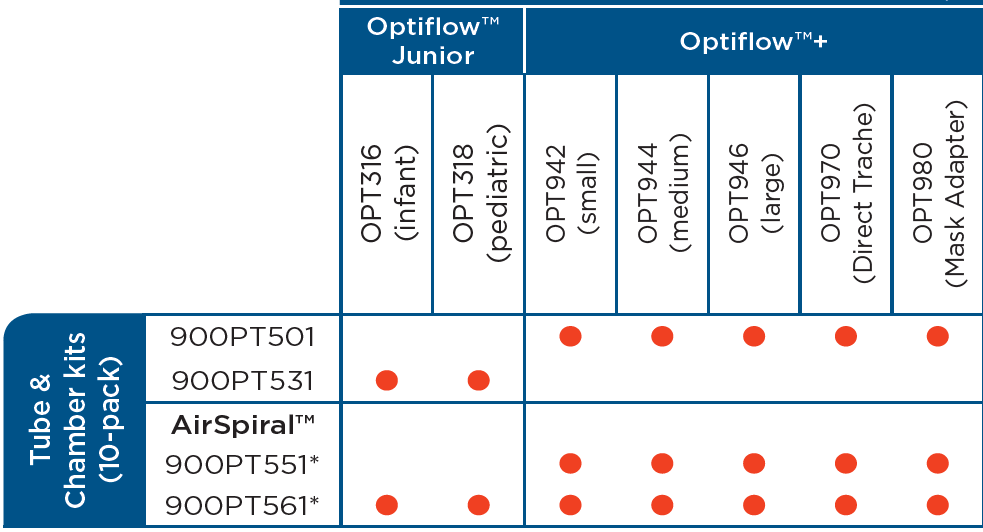
Clinical Guidelines Nursing Oxygen Delivery
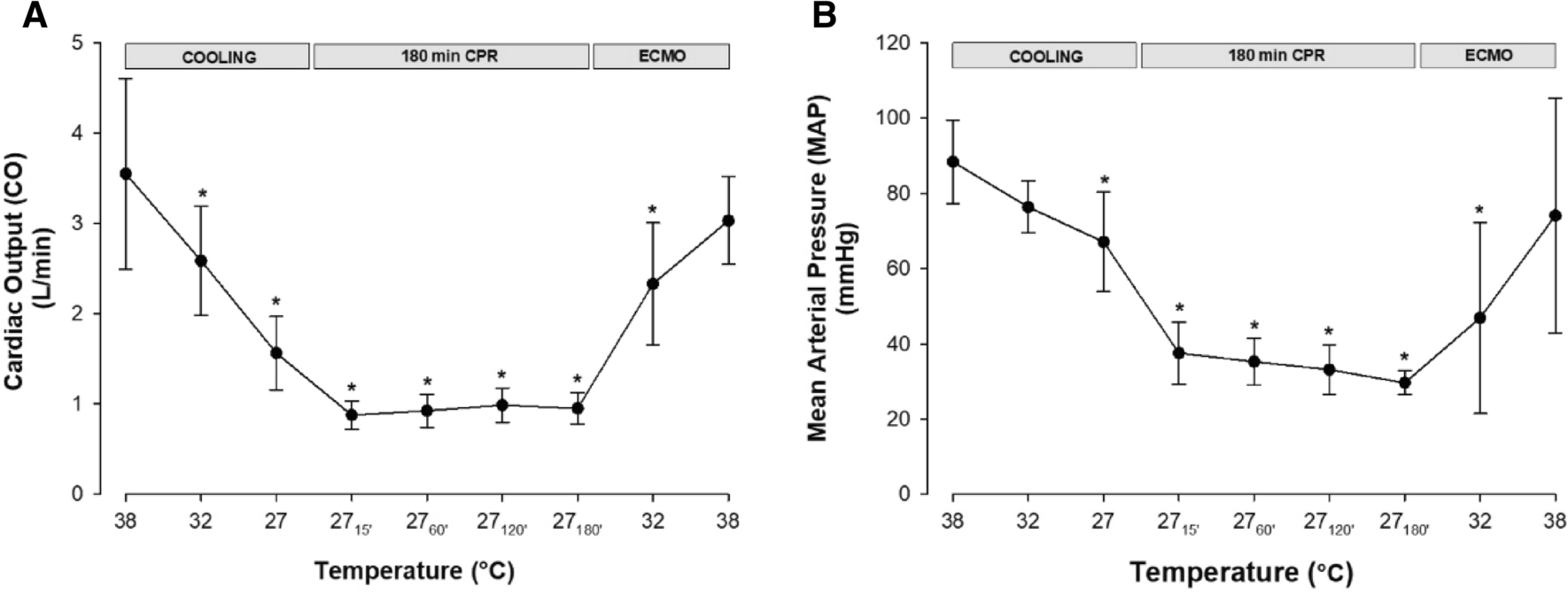
Effects Of Rewarming With Extracorporeal Membrane Oxygenation To Restore Oxygen Transport And Organ Blood Flow After Hypothermic Cardiac Arrest In A Porcine Model Scientific Reports
Clinical Guidelines Nursing Oxygen Delivery
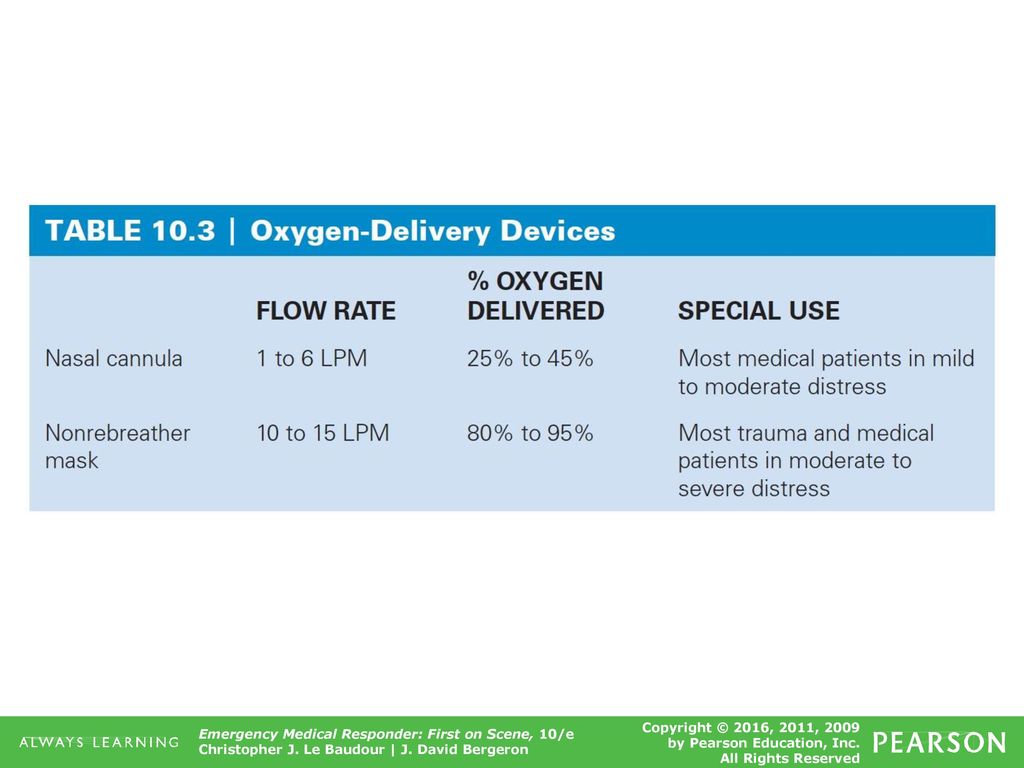
10 Principles Of Oxygen Therapy Ppt Download

Automatic Oxygen Titration Versus Constant Oxygen Flow Rates During Walking In Copd A Randomised Controlled Double Blind Crossover Trial Thorax

Transtracheal Catheter Image Courtesy Www Airwayeduca Download Scientific Diagram

Transtracheal Catheter Image Courtesy Www Airwayeduca Download Scientific Diagram

Oxygen Delivery System Side 1 Nursing School Notes Nursing Notes Respiratory Therapist Student
